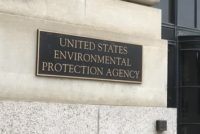EPA Proposes New Lead Trigger Level to Reduce Exposure
The EPA’s new proposal to reduce childhood exposure to lead in drinking water seeks to strike a balance between the need for more protection and the stubborn complexity of the risk. Under the proposal, public water systems (PWSs) would be subject to six new general requirements (which include many more specific requirements), including taking an […]










